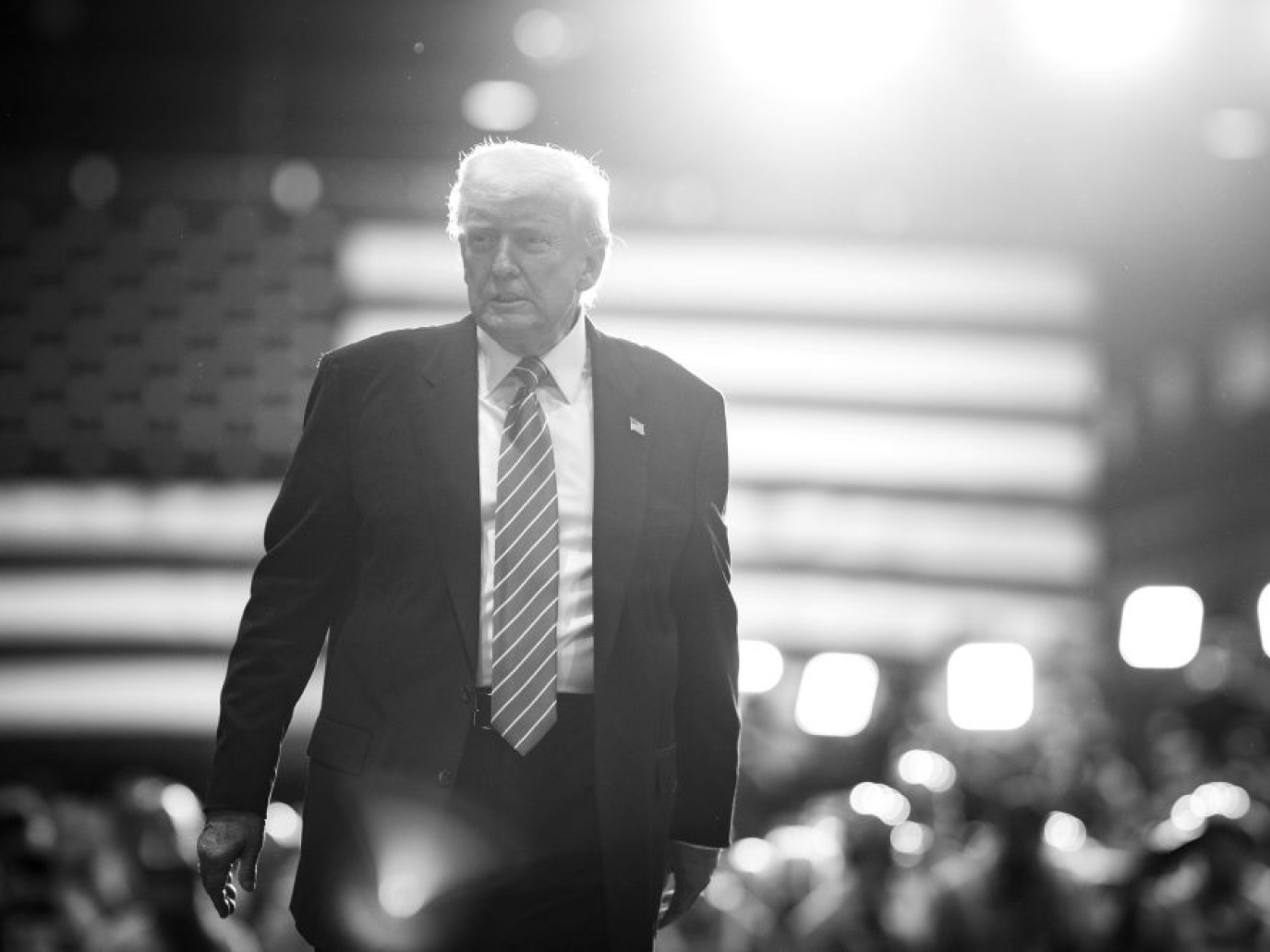This article is also available in Italian / Questo articolo è disponibile anche in italiano
The 4 July is still celebrated in the United States as Independence Day, although this year it has been symbolically challenged by the day of the massive military parade in Washington DC (14 June) jointly honoring the 250th birthday of the US Army and the 79th of Donald J. Trump. This speaks volumes about the transformation of the United States from its self-imagined “city on a hill” beaming the light of freedom across the world to an authoritarian regime in formation. Something untoward has happened to the self-image of the United States that suggests the imminent collapse of its role as a central force in world politics.
For the past eighty years, the United States has been the dominant Western superpower – economically, militarily, technologically, and culturally. This is now in serious question, not primarily because of the rise of a challenger such as China, although that is part of the story, but because of a collapse of the very self-confidence and collective outlook on the world that the United States population and its governments long cultivated. This is the so-called popular ideology of American exceptionalism (with apologies for the expropriation of the term “American” to refer solely to the United States).
This sentiment has had a variety of expressions that have long legitimized a country looking beyond its borders for both economic opportunities and political-military security. The roots of this lie in the origins of the United States as a settler society in which the mission of its core European people was to create a nation where none had existed previously. In displacing those already there, the process involved a necessary expansion into what the European settlers saw as wilderness but which had to become part of the nation through settlement by bringing their civilization to the wilderness.
Following independence from Britain, the unique origins of the country became the basis for a providential mission to spread so-called American ideals and institutions, as registered in the US Constitution, far and wide. Some of this was justified racially in terms of the spread of the “vital” white race, but much more prominent were economic arguments about turning unexploited resources into instruments of economic growth. Of course, this was a vision of empire, albeit one justified in terms of pursuing “freedom” for settlement and economic growth.
In the twentieth century, the notion of the “American Dream” of immigrant upward social mobility and limitless possibility for individual initiative and wealth became the leitmotif of popular histories of the United States. Having largely fulfilled its “continental destiny” by the 1890s, in the eyes of many contemporary commentators, the time was ripe for a commanding global role: making the American Dream a global one. With various starts and stops, the 1920s and 1930s being particularly inward looking, this became the model justifying the US presence in the world down until and through the Cold War years.
Obviously, the outcome of the Second World War and the ideological geopolitics that it engendered between the United States and the Soviet Union ginned up the appeal of the model for many Americans and foreigners alike with the US as the “homeland of freedom” and the Soviet Union as its despotic other. Western Europe in particular became wedded to the United States not only as a reliable partner (as in NATO) and supporter (the European Union arguably was as much a US as a European endeavor at its origins) but as a model of its future, from the consumption-based economy to the definition of human rights and liberal democracy.
Since the 1990s the exceptionalist model has run into trouble much more at home than abroad. At least until very recently, many foreigners have still seen the United States as a society that offered a release from traditional constraints and limitations at home.
At the same time, there is no single factor that accounts for the domestic decline in its efficacy. The list is extensive: the beginning of a relative decline in well-paying manufacturing jobs in the 1980s plus stagnating median incomes in the following years, a series of cataclysmic foreign-policy failures following 9/11/2001, particularly the ill-fated invasions of Iraq and Afghanistan, the 2007-8 financial crisis that spread from the US worldwide and that produced both declining incomes for many plus increased wealth inequality, the privatization or outsourcing of public goods (like policing and prisons) to private contractors, and a huge increase in political polarization around cultural-economic issues such as immigration, environmental regulation, abortion, religious education, and questioning the consumption (in the face of climate change) that has long driven the mores of American society. Enemies at home are now taken more seriously than any abroad.
The 2016 and 2024 presidential elections have brought to power a group centered on Donald Trump intent on making the United States a much more territorially circumscribed and siloed enterprise with many of its unique features expunged (the rule of law, openness to immigration, investment in higher education and scientific research, respect for natural heritage, a relatively independent Congress) in an effort to “Make America Great Again:” by which they mean going back to some Golden Age that is a combination of an idealized 1890s (protectionist economics) and the 1950s (high mass consumption) experiences.
Concomitantly, of course, Trump and his family are busy investing and acquiring assets worldwide without much questioning by his supporters of his nationalist credentials. His assaults on their putative domestic enemies (university professors, public health officials, Hollywood celebrities, tax collectors, and medical scientists) detract attention from his milking of the presidency for personal and familial profit.
The first six months of 2025 have seen a rapid escalation in efforts at realizing the goal of shutting the country off from cooperative endeavors by essentially destroying much that characterized the United States in the heyday of its global hegemony, from 1945 down until 2000 or so. These include many features of US so-called soft power such as foreign aid programs, supporting international organizations, the Voice of America, federal support of scientific research, and the attraction of foreigners to its universities. But they also include abandoning longstanding policies attempting to eliminate hindrances to foreign trade and encourage foreign capital flows such as tariffs and monetary barriers.
Now there is much speculation even about the continuing role of the US dollar as the primary global reserve currency as bond markets respond negatively to the US imposition of on-and off-again tariffs. Above all in this process, perhaps, the distinction between allies and adversaries has been lost, so that the United States views itself increasingly as just another territorial state eyeing possibilities of expansion, such as to Greenland, Canada, or Panama, but without any of the promise of welcoming immigrants, modeling modernity, and symbolizing “freedom” that came with the old exceptionalism. It is no longer special at all.
“The Great Nation of Futurity,” as it was once described in 1839, now looks longingly to the past for its inspiration. This muddled and dead past, unfortunately, offers poor guidance out of the impasse into which the United States appears to have now backed itself. Foreigners, such as China, may pick up the pieces but they are not to blame for the collapse. The blame for that lies right at home.
Cover: Official White House Photo by Daniel Torok, via Flickr



